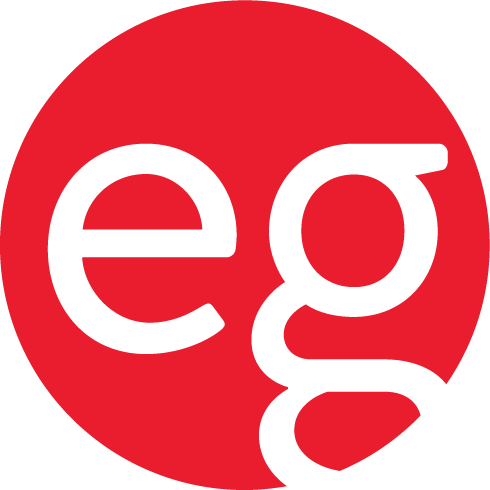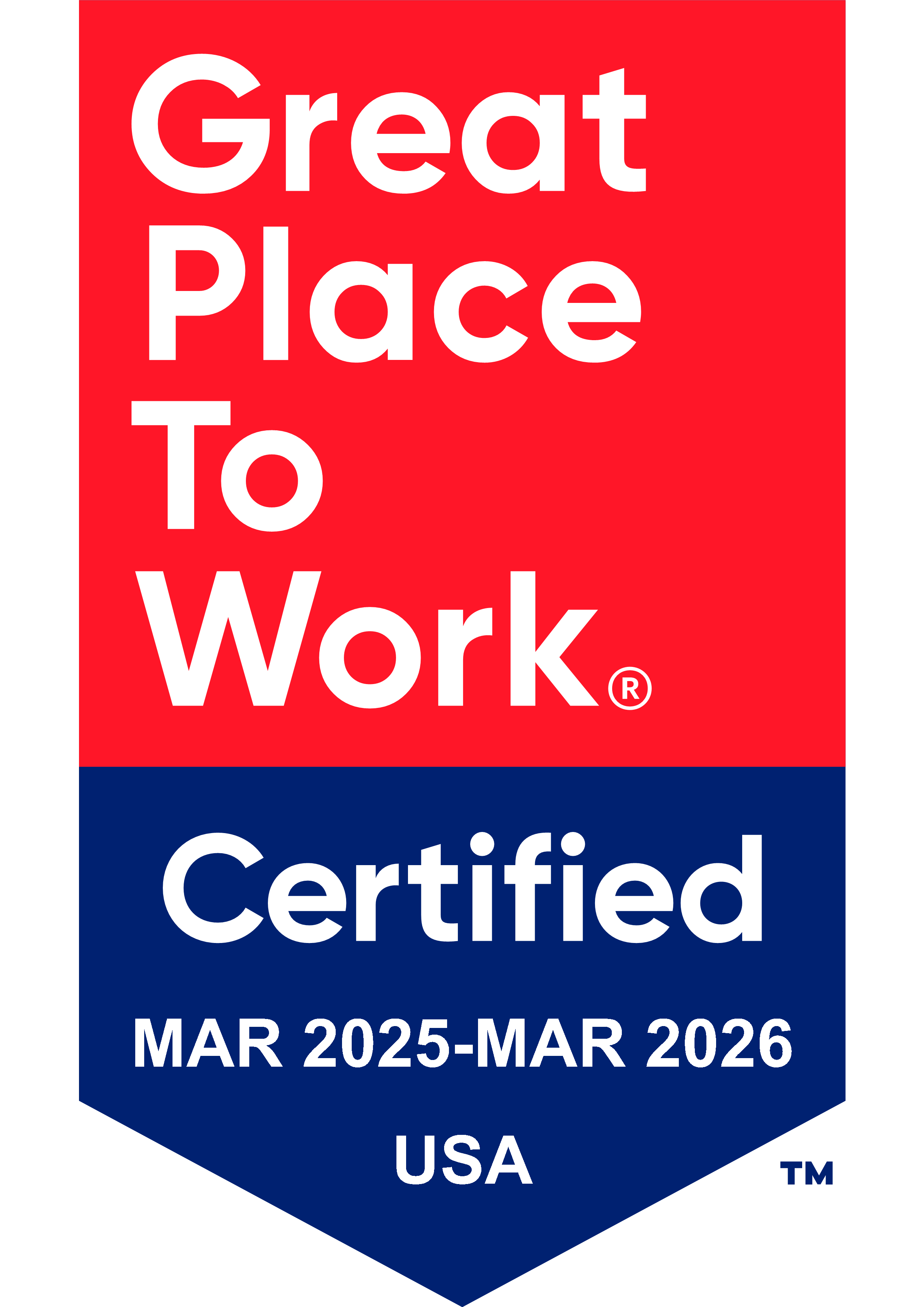The Job Description is Written
Once an organization knows they have an open position they need to fill, the hiring manager will write the job description. A well written job description will have a clear title, concise summary of the position, 5-7 bullet points outlining the duties and responsibilities of the job, and a closing paragraph about the company.
The Job is Posted
After the job description is written, the hiring manager selects which recruitment platforms to post the open position (Indeed, Monster, ZipRecruiter, website, and/or social media). The hiring manager may also select a few traditional platforms to post the job, such as billboards or local newspapers.
Candidates Apply and are Reviewed
Candidates are funneled to the hiring manager via the recruitment platforms they posted the job to. The hiring manager then takes time to review the applications and resumes to select the best candidates for an interview.
The Hiring Manager Interviews Candidates
Now that the hiring manager has made their decision on which applicants they’d like to speak to further, they schedule a time for the interview. After an initial round of interviews, the hiring manager will decide if the stand-outs will need to have a final round of interviews or if an offer can be made. The hiring manager will also check references during the interview process.
The Job Offer is Sent
Once the interviews have been completed and the hiring manager knows which applicant they’d like to offer the position to, the official job offer will be sent. The candidate is usually notified by phone with a follow-up email with the formal offer letter sent after the verbal acceptance. After the candidate accepts the job offer, a start date and onboarding plan are agreed upon.
The New Hire is Onboarded
When the hiring manager brings the new hire into the organization, the onboarding process should begin immediately. From filling out the appropriate paperwork to learning the technology to sitting with other departments to understand the company – this onboarding is essential for setting up the new hire for success. After the initial onboarding, there should be 30, 60, and 90 day check-ins to ensure the new hire is adjusting well.



